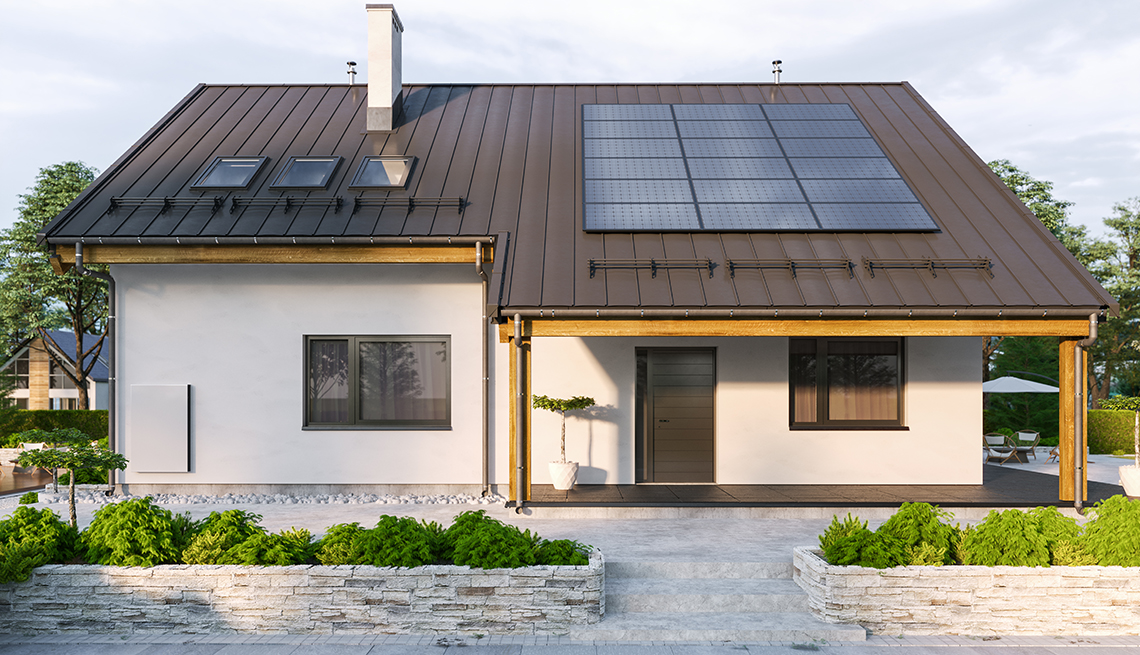Staying Fit
Energy prices have soared 32.9 percent the 12 months ended July, according to the Bureau of Labor Statistics. If you want to whip inflation now, your best bet may be to make your home more energy efficient. The Inflation Reduction Act, signed into law on Aug. 16, provides for tax breaks and rebates to make your savings even larger. If you make energy-efficient changes to your home, you’ll not only save on energy bills, but possibly on your taxes as well.
The tax credits for making your home more energy efficient rev up your savings. Unlike a tax deduction, which lowers your taxable income (and your taxes), a tax credit reduces your taxes dollar-for-dollar. The credits can shrink your federal income tax to zero. However, since these tax credits are what the IRS calls "nonrefundable," they can’t turn a tax bill into a refund check.


AARP Membership— $12 for your first year when you sign up for Automatic Renewal
Get instant access to members-only products and hundreds of discounts, a free second membership, and a subscription to AARP the Magazine.
Tax credits for making your home energy efficient
Homeowners have long had a $500 lifetime credit for improvements that increase their home’s energy efficiency. The credit, called the Nonbusiness Energy Property Credit, was equal to 10 percent of the cost of qualified energy improvements, such as insulation, windows, doors and roofing. If you paid $400 for a new energy efficient front door, you got a $40 tax credit, provided you hadn’t already hit the $500 lifetime maximum.
You could also get a credit for 100 percent of the cost of certain energy-efficient models of big-ticket items, such as furnaces, hot water heaters and air conditioners – again, subject to the $500 lifetime limit. If you paid $10,000 for a new furnace, your credit would still be a maximum of $500. The Nonbusiness Energy Property Credit actually expired in 2021, but the Inflation Reduction Act extended the credit into 2022.
Things will get better in 2023. The new credit, called the Energy Efficient Home Improvement Credit, will be for 30 percent of qualifying purchases, instead of 10 percent. Taxpayers can claim up to $1,200 in credits every year, instead of $500 for a lifetime. “A lot of people who had used up their $500 credit years ago can start using it again,” says Mark Luscombe, principal federal tax analyst at Wolters Kluwer Tax & Accounting. The new credits will expire in 2032.
Not all improvements will be treated equally: Some have limits. Here’s how much in tax credits you can potentially get from various energy-saving improvements under the new bill.
- Home energy audit: up to $150
- Energy-efficient exterior door: up to $250; $500 total
- Energy-efficient exterior windows, hot water heaters, central air conditioners and furnaces: $600
Heat pumps, heat pump water heaters, and biomass stoves and boilers can get a $2,000 credit, the one category that can be higher than the $1,200 annual limit.





































































